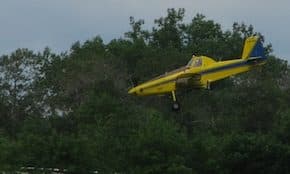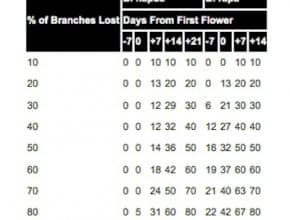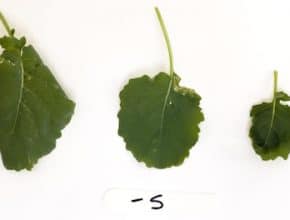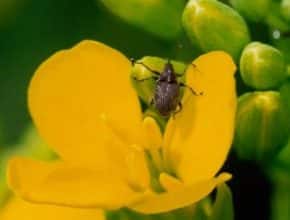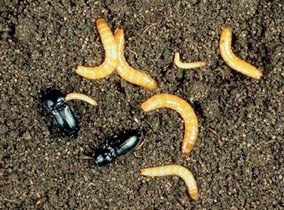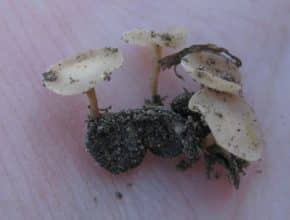Cutworms continue feeding, flea beetles may still be a threat for late-seeded canola, and cabbage seedpod weevils (shown above) have arrived on early-seeded canola in the southwestern Prairies. Earliest crops are starting to flower, which means sclerotinia prediction time. Wet weather and a dense canopy at flowering should encourage higher rates of sclerotinia stem rot infection in regions where the…
June 20, 2012 - Issue 17
-
-
If weeds and crop are advancing toward the end of the application window and the ground is too soft and wet to support a sprayer, then aerial spraying may be the best economic response. Roundup WeatherMax is the only glyphosate registered for aerial application at this crop stage. Liberty (glufosinate) is registered for aerial application at this stage, as is…
-
-
An in crop application of sulphur can make financial sense for canola if: Growers could not put the desired rate on at seeding. Yield potential improved and growers want to add sulphur to their nitrogen top up. If field conditions have been excessively moist, sulphur may have moved lower in the soil profile. Canola shows signs of sulphur deficiency…
-
Begin sweep netting for cabbage seedpod weevil when canola enters the flowering period. Select 10 locations within each field and at each location, count the number of weevils from ten 180° sweeps. At current prices, the threshold will be around 20-30 per 10 sweeps (2-3 per sweep). Anything below that and the canola plant will generally compensate for seedpod weevil…
-
-
Earliest canola is starting to flower this week, which means the sclerotinia spray decision looms. Spray timing, if a grower decides to go for it, should be within the window from 20% to 50% bloom. Canola can reach 20% flower in 4-5 days after first flower. The article also includes information on adding boron to a fungicide tank mix…

